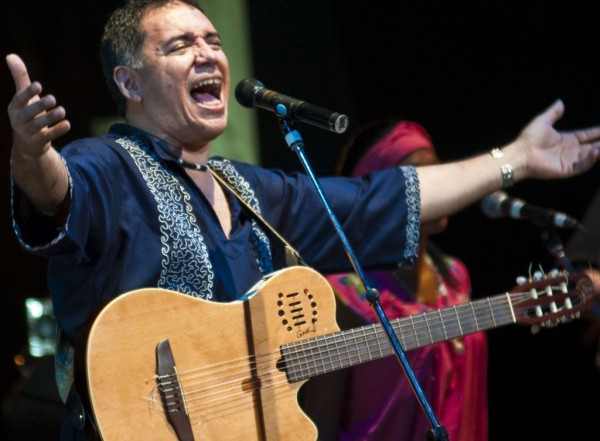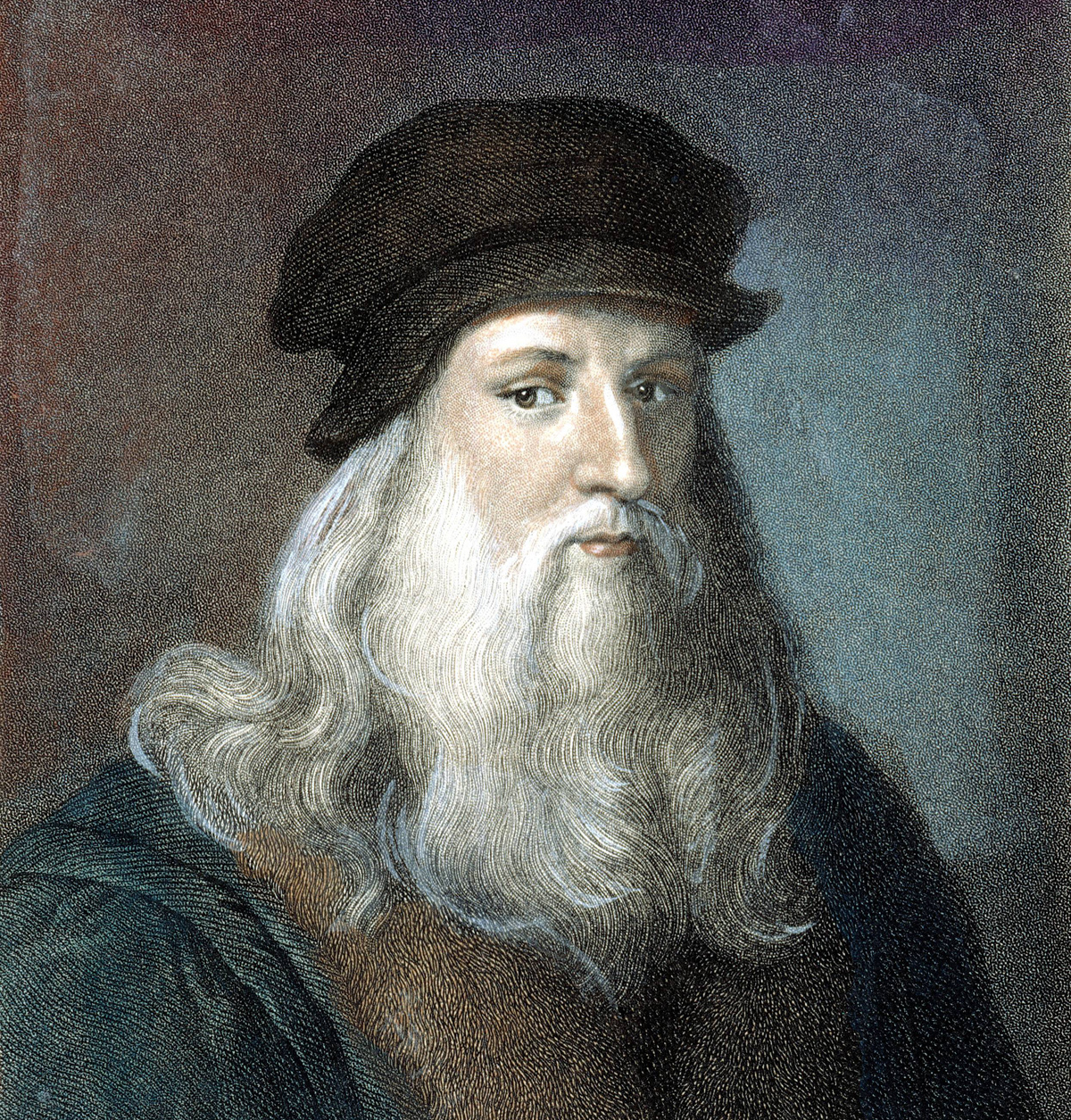
Guillermo Anderson was born February 26, 1962. He was Honduras’s best-known world music artist along with Garifuna musician Aurelio Martinez.
His concerts celebrated love, nature and everyday life in this part of the Caribbean. As an artist Guillermo played an important role in Honduras bringing awareness on important issues like the protection of the environment, health and literacy.
Early years
Guillermo Anderson grew up exposed to the mixture of Garifuna, North American, Britsh, and Caribbean cultures characteristic to the Northern coast of Honduras, which later provided the basis for his artistic style. He attended primary school at the Escuela Mazapán, in La Ceiba. It was in this school that he began to write his first poems and songs and learn chords on a toy banjo and sang for the first time on stage.In fourth grade Bill Stover, a teacher from North America, introduced him to American songwriters, like Paul Simon, Jim Croce, James Taylor and Crosby Stills and Nash. He attended secondary school at the Instituto San Isidro, also in La Ceiba. There he made friends with a cultural exchange student from North America, Gus Gregory, who introduced him to progressive jazz of the eighties.
His career in the United States
Guillermo, with encouragement of his friend Gus Gregory, traveled to the United States and studied at the University of California, Santa Cruz. There he majored in arts with focus on Hispanoamerican literature, but he also studied music and acting. He was introduced to composition and performance in the theater at the university. With college friends, guitarist Mexico-American Eugene Rodríguez and Argentine Pablo Aslán, he formed a bassist trio called "Now". This trio played traditional Latin American music and songs at college events, bars, and university spaces.He graduated from Santa Cruz in 1986 and subsequently worked in theater with "El Teatro De La Esperanza" in San Francisco, California, and El Teatro Campesino with Luis Valdez (producer of La Bamba). One of his most important experiences during this period was to perform in a bilingual theater for immigrant children, which resulted in his concert and album Para Los Chiquitos.
Honduras career
In 1987 Guillermo returned to Honduras. Guillermo first received widespread recognition with his acoustic guitar and two Garifuna drummers. He created La Ceiba COLECTIVARTES, an artist movement with other groups of artists, and invited other artists from Europe and USA to perform different works on La Ceiba. The most popular of these works was "Sabor A Sombra", based on Nelson Merren poetry.
After this, Guillermo started to make concerts and performances at festivals like "Aires de Abril" in Tegucigalpa and the country sides of Honduras. He often traveled to forest areas of Honduras, among them, La Mosquitia, a kind of Central American Amazonia where he recovered their musical traditions.
Tours
While performing in concerts in Tegucigalpa, Guillermo Anderson attracted the attention of foreign service officials from various countries and received invitations to festivals such as the "Cervantino International Festival" of Mexico and a concert at the "Memorial for Latin America," in San Pablo, Brazil. These two festivals gave rise to other invitations that propelled his career as a singer-songwriter.
With a solid discography of 12 productions and an extensive career, Anderson was constantly touring in Honduras and abroad. His music was and continues to be heard in Panama, Costa Rica, Nicaragua, El Salvador, Guatemala, United States of America, Brazil, Colombia, Venezuela, Ecuador, Argentina, Cuba and the Dominican Republic. In Europe he performed in Germany, France, Spain, Italy, England and The Netherlands. In Asia he received applause in Japan where he made 2 tours of 30 cities. He also toured Taiwan and South Korea. The presentations were sometimes voice and guitar and other times an intense show that performed with his group.
Death
November 2015 Anderson was diagnosed with anaplastic thyroid cancer. He died in company of his family on August 6, 2016 at the Hospital D'Antoni in La Ceiba, Atlantida.
HIS MOST FAMOUS IS "En mí país"
In my country (En mi país) a patriotic song that exalts the beauty of life in Honduras and refers to its folklore and its symbols.
Albums
- In 1999 he released the album Costa y Calor
- In 2001 he released the album Pobre Marinero
- In 2003 he released the album Encarguitos del Caribe
- In 2004 he released the album Mujer Canción, Canción mujer and the album "para loso chiquitos"
- In 2005 he released the album el tesoro que tenés
- In 2007 he released the album Del Tiempo y del Trópico
- In 2008 he released the album Songs for a Better Country
- In 2012 he released the album Lluvia con Sol
- In 2004 he released the compilation Llevarte al Mar
- In 2009 he released the compilation El Caribe de Guillermo, A journey through his Songs Vol 1



No hay comentarios:
Publicar un comentario